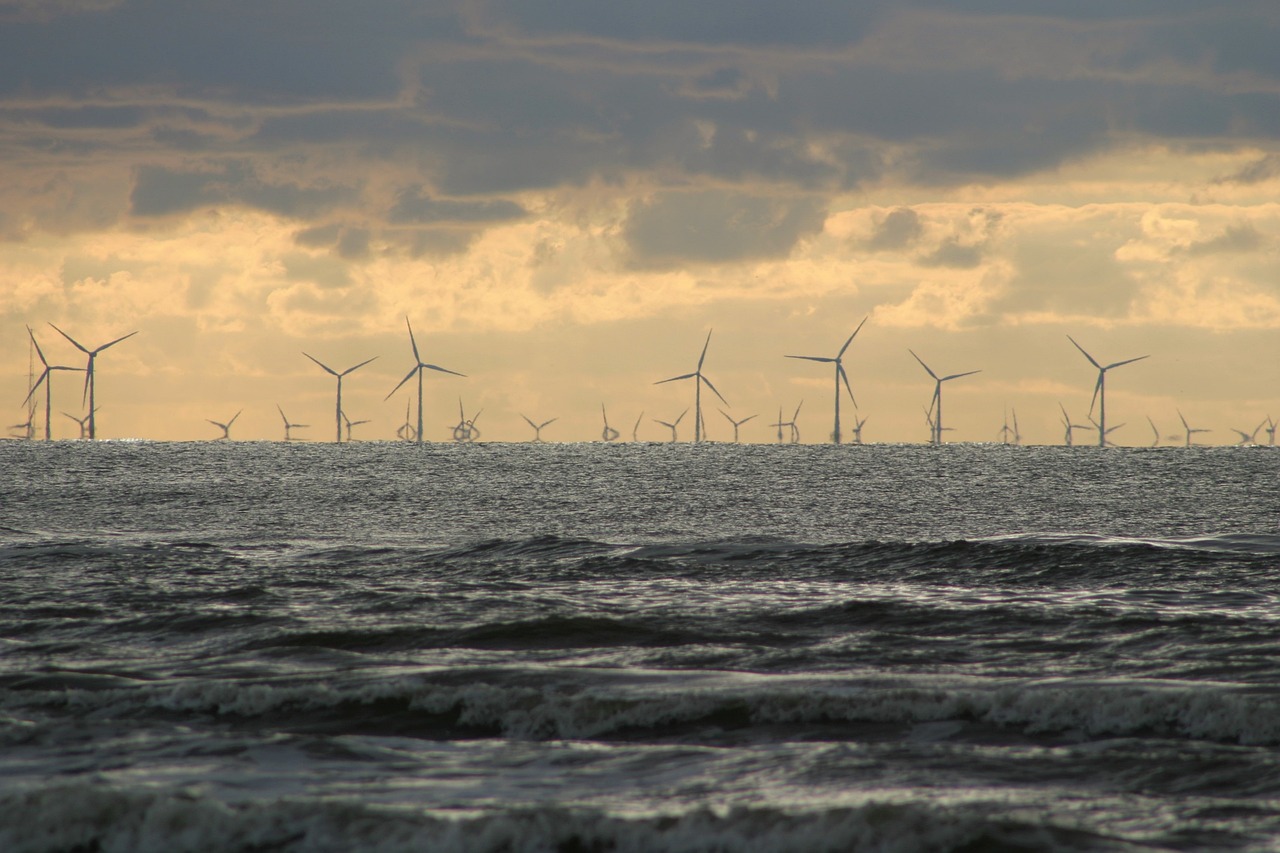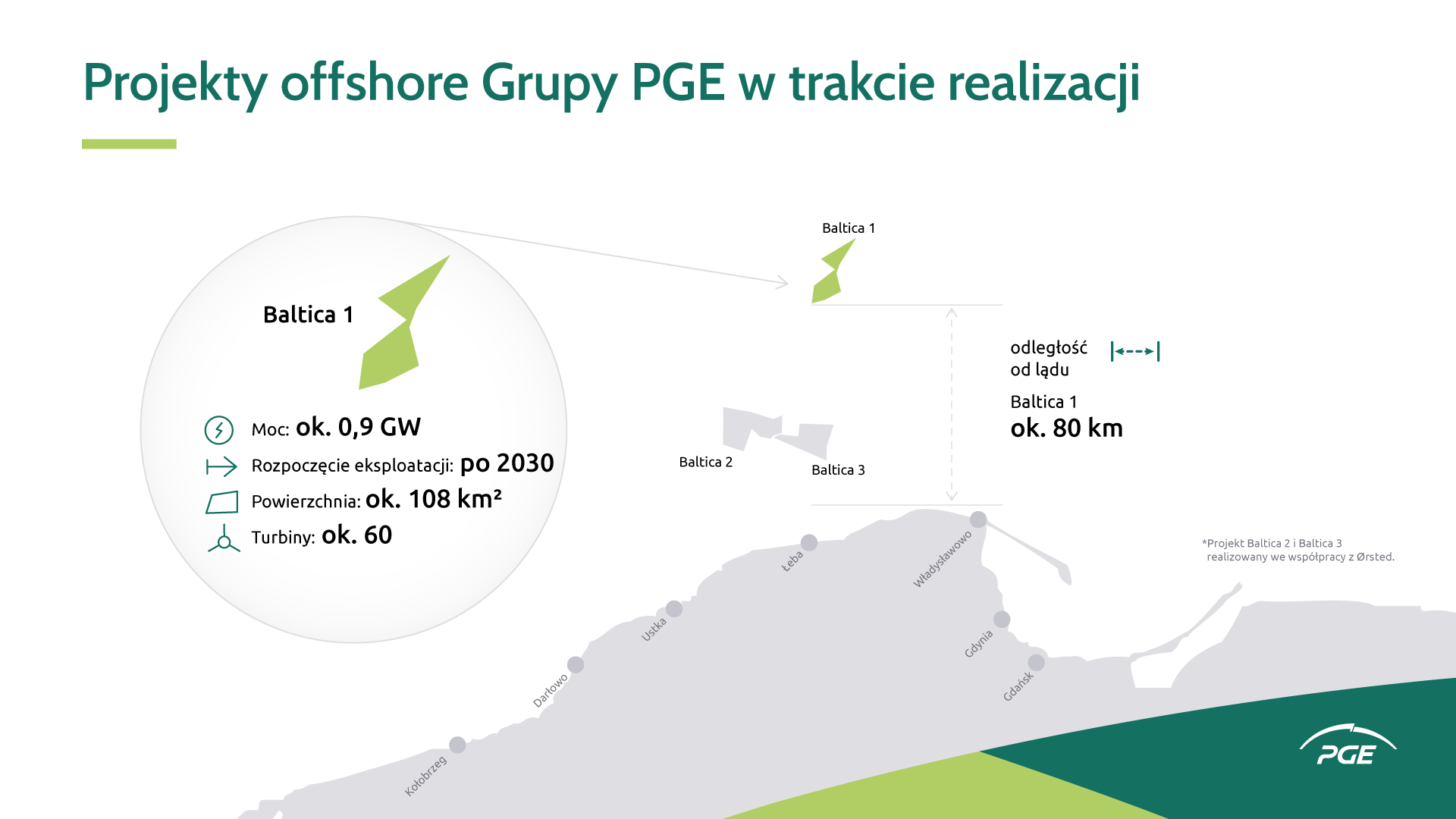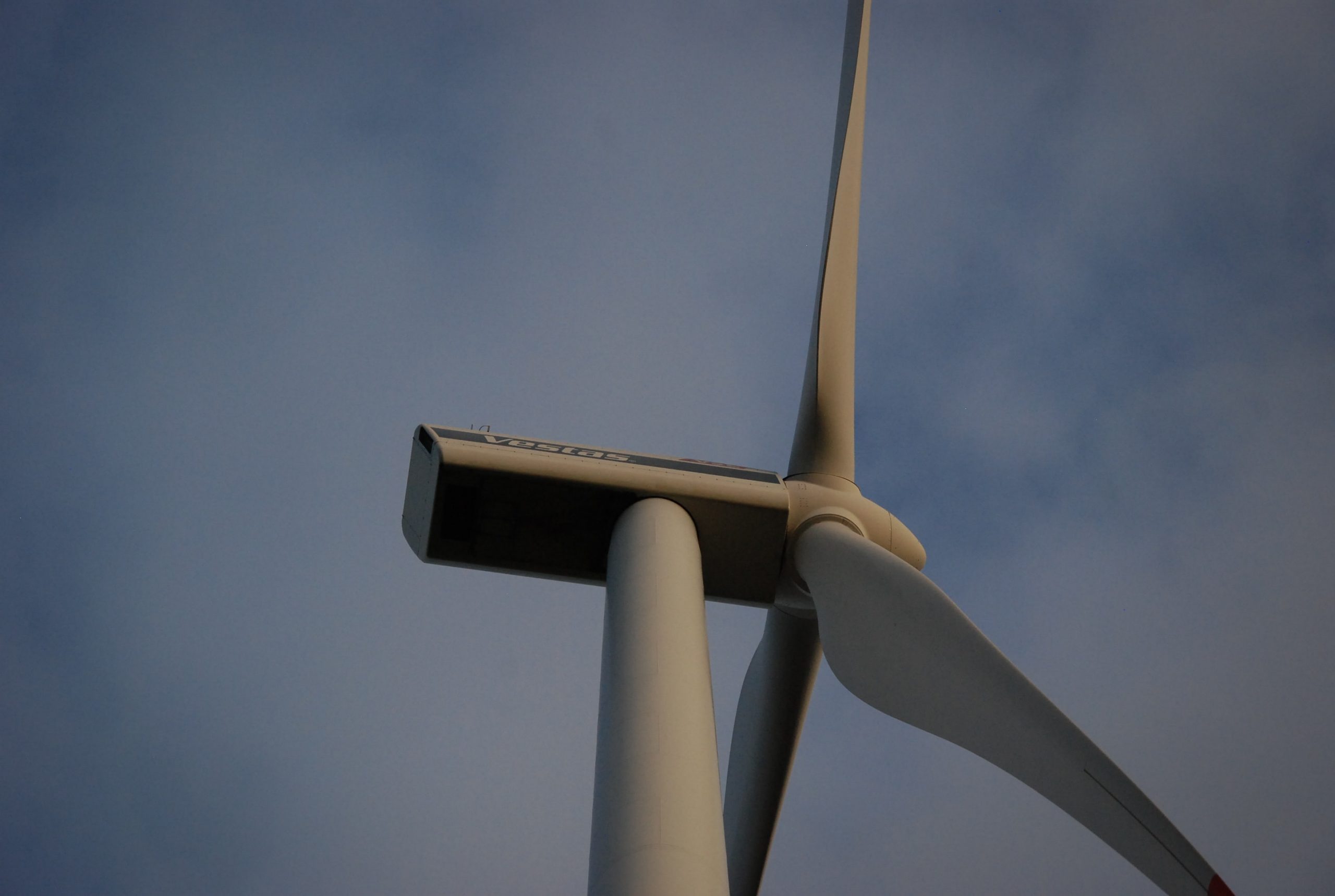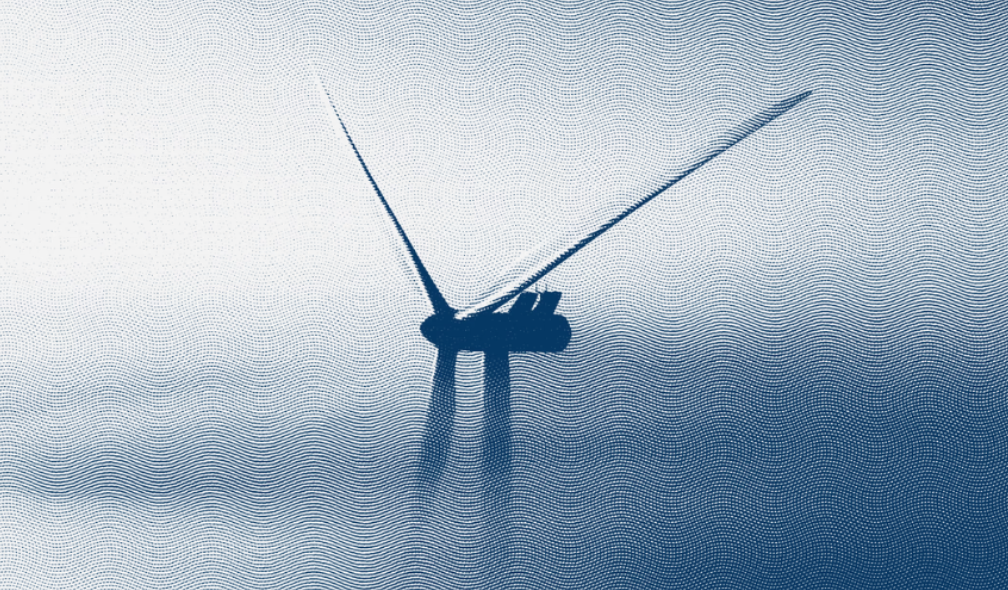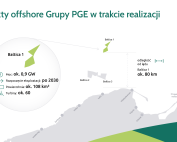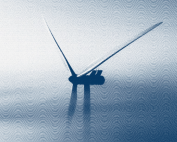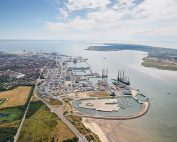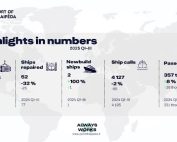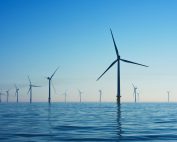Yesterday, Germany announced the results of its biggest offshore wind auction to date. 7 GW of new capacity were awarded. The auction design required project developers to pay for the right to build their wind farms. This uncapped negative bidding means costs will have to be passed on to consumers, and to the wind supply chain which is already struggling. This needs to change for future auctions.
Today Germany announced the winners of its 7 GW offshore wind auction for sites that were not pre-developed by the State. It was Germany’s biggest offshore wind auction to date.
The auction consisted of three sites of 2 GW located in the North Sea (N-11.1, N-12.1, N-12.2) and one site of 1 GW located in the Baltic Sea (O-2.2). The winners were bp for two sites in the North Sea and Total Energies for one site in the North Sea and the site in the Baltic Sea.
Changes to unfavourable auction design with “uncapped negative bidding” needed
For each of the four sites more than one company pledged to build without any state support, triggering an additional “dynamic bidding procedure”. The procedure required developers to enter a second round of uncapped negative bidding. Bids were awarded on the basis of price only.
Negative bidding creates additional costs for offshore wind developers. These costs must be passed on. Either to the supply chain which is already struggling with inflation and surging input costs. Or to the consumers who already face higher electricity prices and costs of living.
Crucially the European Union wants to strengthen its energy security with competitive and home-grown renewables. The EU needs as much new wind energy capacity as it can get, as fast as it can get it. All the money paid in negative bidding is money our companies cannot invest in other wind energy projects. European Governments should therefore not follow the German example of negative bidding.
As a result, offshore wind developers will have to pay a total of €12.6bn to the German Government. 90% of the money will go towards funding the grid connection costs, 5% will be used to protect maritime biodiversity, another 5% to support environmentally-friendly fishing.
The four projects are scheduled for commissioning by 2030. For a timely delivery of these projects Germany needs to expand its offshore wind supply chain, for example the industrial capacity for the construction of wind turbines, foundations and the installation vessels. But investments are also needed in grids, ports and skilled workers. Negative bidding is unhelpful here. Companies along the wind energy supply chain will have to work with even tighter margins, as developers pass on the extra costs of negative bidding to them.
More auctions in 2023
These were not the last offshore wind energy auctions in Germany in 2023. Germany will also tender 1.8 GW of offshore wind on centrally pre-developed sites this summer. These sites will be auctioned under a different auction design which includes four non-price criteria: environmental protection, contribution to skilled workforce, CO footprint in the production of the wind turbines, existence of PPA contracts. The uncapped “dynamic bidding procedure” will not apply to these sites.
Combining these two offshore wind auctions, Germany will tender a total of 8.8 GW of offshore wind in 2023 – more than its combined installed offshore wind capacity today.
Source: WindEurope
